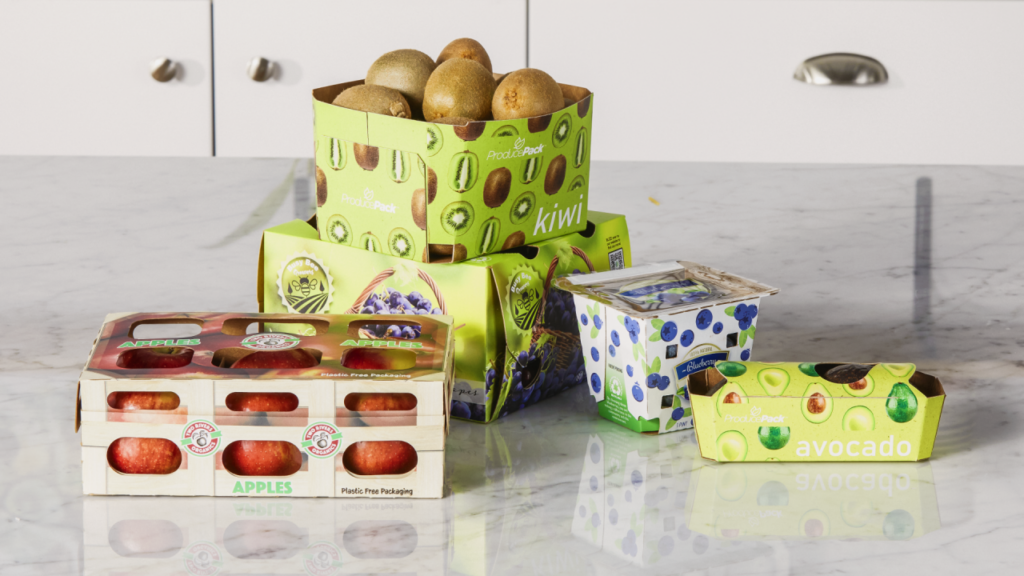best packaging for fresh produce
Selecting the right packaging for fresh fruits and vegetables is crucial for maintaining quality, extending shelf life, and ensuring customer satisfaction. The wrong packaging can lead to rapid spoilage, reduced nutritional value, and significant food waste.
best packaging for fresh produce: Understanding Produce Packaging Needs
Different fruits and vegetables have unique packaging requirements based on:
- Respiration rates
- Moisture content
- Fragility
- Temperature sensitivity
Key Packaging Considerations
- Material Selection Choosing the right packaging material is essential for preserving produce freshness. Consider:
- Perforated plastic films
- Biodegradable containers
- Breathable packaging
- Modified atmosphere packaging (MAP)
- Ventilation Proper air circulation prevents moisture buildup and reduces bacterial growth. Look for packaging with:
- Microperforations
- Adjustable venting
- Humidity control features
- Protection Packaging should shield produce from:
- Physical damage
- Temperature fluctuations
- Excessive light exposure
- Contamination
Types of Packaging for Different Produce
Leafy Greens
- Breathable plastic bags
- Clamshell containers
- Vacuum-sealed options with moisture control
Soft Fruits
- Molded fiber trays
- Protective cushioning
- Individual fruit wraps
- Rigid plastic containers with shock absorption
Hard Vegetables
- Mesh bags
- Rigid plastic containers
- Bulk packaging with dividers
Sustainable Packaging Solutions
Modern consumers demand environmentally friendly packaging options:
- Compostable materials
- Recycled packaging
- Minimal plastic usage
- Biodegradable alternatives
Eco-Friendly Materials
- Plant-based plastics
- Bamboo containers
- Recycled cardboard
- Sugarcane fiber packaging
Technology in Produce Packaging
Innovative packaging technologies are revolutionizing fresh produce preservation:
- Smart packaging with freshness indicators
- Antimicrobial coatings
- Active packaging that absorbs ethylene
- Temperature-sensitive films
Cost and Efficiency Considerations
When selecting packaging, balance:
- Product protection
- Shelf life extension
- Environmental impact
- Cost-effectiveness
- Transportation requirements
Practical Tips
- Choose packaging proportionate to produce size
- Consider transportation distance
- Evaluate packaging weight
- Assess environmental certifications
Regulatory Compliance
Ensure packaging meets:
- Food safety standards
- Local packaging regulations
- International shipping requirements
- Organic certification guidelines
Conclusion
Selecting the best packaging for fresh fruits and vegetables requires careful consideration of multiple factors. By prioritizing produce preservation, sustainability, and consumer preferences, businesses can reduce waste, maintain quality, and meet market demands.
Invest time in researching and testing packaging solutions to find the optimal approach for your specific produce types and distribution channels.

